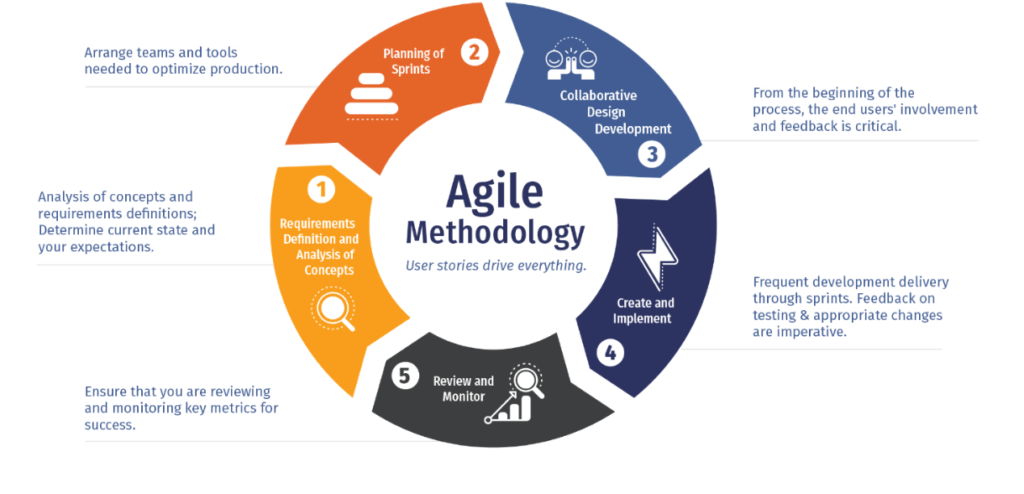Our solution services provide a bespoke and tailored analysis based on the customer’s specific requirements and objectives.
Solution Feasibility Study
A detailed analysis of the critical aspects of a proposed IT project to determine the likelihood of success.
The study includes:
A workshop session involving key members from the customer’s business and technical teams to identify, discuss and document the customer’s high-level solution requirements.
The output from this session is used to put together a full report consisting of:
- A detailed analysis of the proposed solution’s technical, financial, organisational and ethical feasibility
- Functional Requirements
- An Integration Point Analysis
- Security Considerations
Benefits:
- The customer understands the scope and limitations of the solution, plus the likelihood of it achieving their goals
- The customer is made fully aware of any impacts on usual operations and risks to compliance
- The client is provided with economic data on costs involved and projected return-on-investment
- The report provides the customer with a realistic timeline for a project’s completion
Design Approach

Our Design Approach consists of:
- A Technical Strategy Requirements Workshop: This involves key members from the customer’s business and technical teams. Our objective for this workshop is to identify, discuss and document the customer’s high-level solution requirements.
- High-level design: Following the Technical Strategy Requirements Workshop, the consultant produces a first iteration, a high-level design. This document is then reviewed and further design workshops are delivered as required until the document is signed off by the key customer team members. The design process then progresses to the low-level phase.
- Low-level design: The low-level design phase provides the final level of technical refinement and detail. It includes a final design-review customer workshop and sign-off before the implementation and build phase commences.
The benefits of our agile design approach:
- It aims for early project delivery
- It utilises continual improvement
- It allows us to flexibly respond to any changes in customer requirements
- It improves collaboration between cross-functional teams
Solution Implementation
Following the successful completion of the design phases, we will implement the solution.
Our service comprises of:
- Installation based on customer-approved low-level design (per environment)
- Configuration of the newly installed products
- Custom development
- Unit testing

Testing
Our testing services identify any errors, defects or failures, all of which have potential consequences for the performance and reliability of software applications.
Functional Testing
When customers receive a software product, they expect it will perform as outlined in vendor specifications. Functional testing checks specific features of an application to assess whether it works as intended, meets business requirements and delivers on user expectations.
Testing allows businesses to identify faults and ensure they are getting the best value from their software.
Our testing services include:
- Assisting the customer with the planning of functional testing
- Test cases execution
- Documentation of results
Integration Testing
Integration testing provides a second layer of testing. A component may work in isolation but create issues while interacting with another component. Integration testing establishes whether individual components are working together as they were designed to.
Benefits:
- Integration testing provides an extra layer of reliability
- It enables problems to be more easily resolved before they reach a system level
User Acceptance Testing
Also known as End-User Testing, this type of testing takes place during actual usage to evaluate whether the application works to specified business requirements in real-time scenarios.
Benefits:
- Gives insight into the end-user experience
- Enables issues that negatively affect the user experience to be discovered and resolved early
Performance Testing
Performance testing measures the stability, speed, scalability, and responsiveness of an application under a typical workload. Performance is key to a good user experience. It’s therefore important to discover whether the software is capable of meeting performance requirements.
Benefits:
- Improves the user experience
- Reduces the risk of downtime
- Improves scaling by checking how the application functions under a larger workload
